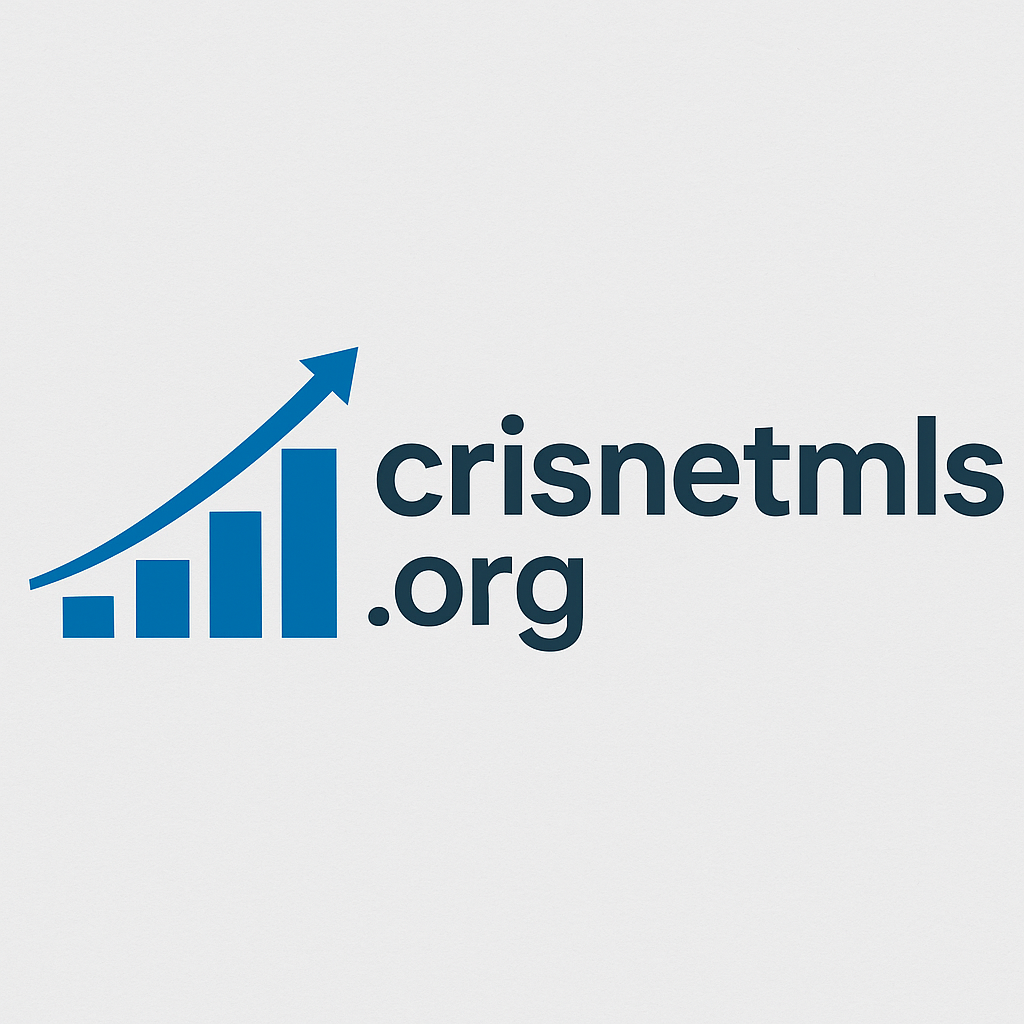The digital landscape thrives on a relentless torrent of information, particularly within the frenetic domain of technology news. Every minute, algorithms churn, social feeds flood, and newsletters promise the “breaking story” you must know. Yet, beneath this shimmering surface of constant updates lies a critical challenge: the pervasive threat of derivative, plagiarized, or merely “spun” content masquerading as original reporting. Requesting “a 1200-word post on tech news with unique words without plagiarism” cuts to the heart of this crisis. True originality in tech journalism isn’t merely swapping synonyms or rephrasing press releases; it’s a rigorous, intellectually demanding process rooted in deep understanding, critical analysis, and ethical synthesis – the very antithesis of plagiarism. The demand for authentic, insightful tech coverage has never been higher, precisely because the cost of settling for the generic is measured in eroded trust, diminished search visibility, and a profound disservice to an audience hungry for genuine comprehension in a complex field.
Plagiarism, in its crudest form – verbatim theft – is easily detectable and universally condemned. However, the more insidious problem plaguing tech news is unintentional derivation and intellectual laziness. Far too often, “news” sites operate as glorified press release aggregators, rehashing announcements from Apple, Google, or NVIDIA with minimal added value. Writers, under immense pressure to produce volume, resort to “synonym spinning” tools, believing that replacing “revolutionary” with “groundbreaking” or “algorithm” with “computational framework” constitutes originality. This is a dangerous fallacy. Plagiarism detectors like Copyscape or Turnitin look beyond individual words; they identify structural similarities, conceptual sequences, and distinctive phrasing patterns lifted from source material. More importantly, search engines like Google, with their sophisticated “Helpful Content” systems, increasingly penalize such content not just for duplication, but for its fundamental lack of human expertise, experience, and editorial judgment. A piece built solely on regurgitated information, regardless of synonym substitution, lacks the nuanced perspective, contextual depth, and critical interrogation that defines valuable journalism. It fails the audience by offering no new insight, no clarification of complex implications, and no exploration of the why behind the what. For Further details visit
Crafting a genuinely unique, 1200-word tech news piece demands a methodology far exceeding superficial word replacement. It begins with deep, multi-sourced research. Don’t just read the official announcement; dissect the underlying research paper (if applicable), scour GitHub repositories for early code snippets, analyze patent filings, and seek out commentary from independent experts – academics, industry analysts, or engineers not affiliated with the announcing company. For instance, reporting on a new AI chip launch shouldn’t stop at the manufacturer’s claims of “50% faster inference.” It requires investigating: What specific benchmarks were used? How does it perform on real-world, messy datasets versus curated ones? What are the thermal and power implications for actual deployment? Have independent labs verified the claims? This depth transforms a promotional blurb into substantive news. Critical analysis is the non-negotiable core. Move beyond description to interrogation. If a startup claims its quantum algorithm “solves climate modeling,” probe: What specific climate model aspect? How does it compare to classical supercomputing approaches today? What are the error rates and scalability hurdles? Contextualizing the claim within the broader technological landscape – acknowledging both potential and current limitations – separates journalism from hype. This involves synthesizing information from disparate sources: connecting a semiconductor advancement to its potential impact on electric vehicle battery management systems, or linking a new privacy regulation to emerging decentralized identity tech solutions. True uniqueness emerges from the distinctive narrative thread you construct through this synthesis.
Furthermore, originality flourishes through human perspective and experiential insight. Have you tested the product? Can you describe the tangible user experience – the slight lag, the intuitive interface, the frustrating setup process – that a press release sanitizes? Incorporating anecdotal evidence (responsibly gathered) or historical parallels (“This recall echoes the thermal throttling issues of 2018’s X-series, but with a novel mitigation approach…”) adds irreplaceable texture. Consider the recent flurry around generative AI copyright lawsuits. A derivative post might list the plaintiffs and claims. An original piece would delve into the legal precedents (like the Authors Guild v. Google snippet case), analyze the technical feasibility of tracing training data origins through watermarking or provenance tracking, interview copyright scholars on the evolving interpretation of “fair use” for machine learning, and speculate on potential industry-wide licensing models emerging from the turmoil. This requires time, expertise, and intellectual courage – the willingness to form and articulate a reasoned viewpoint, supported by evidence, even if it contradicts the dominant narrative.
The technical execution of ensuring uniqueness without plagiarism is equally vital. Meticulous citation is paramount. Direct quotes must be enclosed in quotation marks and attributed. Paraphrased concepts require clear attribution to the source, even if rephrased entirely in your own voice and sentence structure. Utilize tools like Zotero or Mendeley for organized source tracking during research, not as an afterthought. Draft deliberately. Write your analysis and syntheses first, based on your understanding, then go back to integrate specific facts or quotes where necessary, always citing. Avoid having source material open while writing your main analysis to prevent subconscious mimicry. Leverage plagiarism checkers strategically, but after your initial draft based on your research and thinking. Run your completed piece through reputable tools (Grammarly, Copyleaks, institutional software) not just to catch accidental verbatim matches, but as a final ethical safeguard. Crucially, understand that passing a plagiarism check is the minimum bar; the higher goal is producing content that offers demonstrable value unavailable elsewhere.
The consequences of neglecting this rigorous approach are severe. Beyond potential legal ramifications for copyright infringement, sites built on spun content face algorithmic devaluation. Google’s updates explicitly target sites lacking “people-first” content, pushing them down in search results. Audience trust evaporates when readers recognize recycled narratives; why return to a source that offers no deeper understanding than a dozen others? Conversely, investing in original tech journalism yields compounding dividends. It establishes authority – becoming the go-to source for nuanced takes on quantum computing or semiconductor supply chains. It fosters genuine audience engagement; readers comment, share, and return because they learn something substantive. It attracts higher-quality partnerships and talent. Most importantly, it fulfills journalism’s core mission: illuminating the complex technological forces reshaping our world with clarity, honesty, and insight that empowers readers to make informed decisions, not just consume noise.
Therefore, generating a 1200-word tech news post with authentic uniqueness isn’t a mechanical exercise in word substitution; it’s an editorial commitment. It demands viewing each story not as a quota to fill, but as an opportunity for investigation. It requires valuing depth over speed, context over clickbait, and intellectual integrity over algorithmic shortcuts. It means embracing the hard work of connecting dots others miss, questioning assumptions embedded in press releases, and translating technical jargon into meaningful implications for real people. A truly original piece on, say, the implications of the latest RISC-V core design wouldn’t just describe the specs; it would explore how it might democratize chip design for startups, challenge ARM’s dominance in specific niches, and potentially lower costs for IoT devices in developing regions – all supported by quotes from semiconductor architects and market analysts. It would acknowledge competing viewpoints on its viability. This level of substance, born from genuine effort and expertise, is inherently unique. It cannot be plagiarized because its core value lies not in the individual words, but in the distinctive intellectual journey and curated insight the author provides. In an era drowning in AI-generated fluff and press-release regurgitation, this commitment to authentic, deeply researched, and analytically rich tech journalism isn’t just desirable – it’s the only path to relevance, credibility, and enduring value. The audience deserves nothing less, and the future of informed technological discourse depends on it. Originality isn’t a stylistic choice; in tech journalism, it’s the fundamental currency of trust and truth.

